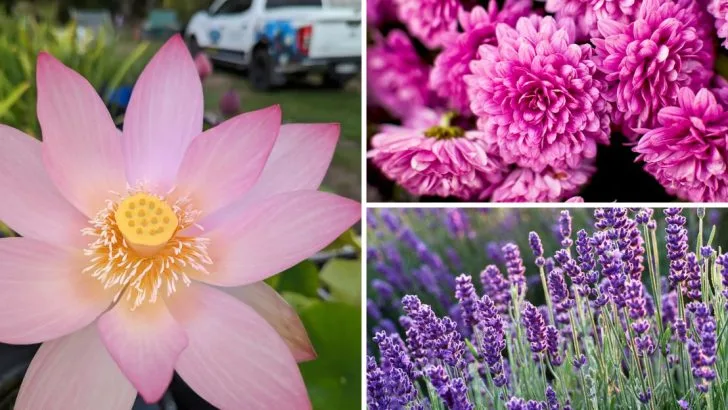Some plants have been around so long, they’ve seen empires rise and fall—and they’re still growing strong in gardens and windowsills today. These aren’t just survivors; they’re living links to rituals, remedies, and beliefs from thousands of years ago.
People once planted them for protection, healing, or to honor the gods. Today, we grow many of them without even realizing the meaning they once held. From the lotus to frankincense, these 17 ancient plants were deeply woven into the daily lives and spiritual worlds of past civilizations—and they’re still right here with us, quietly carrying all that history.
Olive Tree
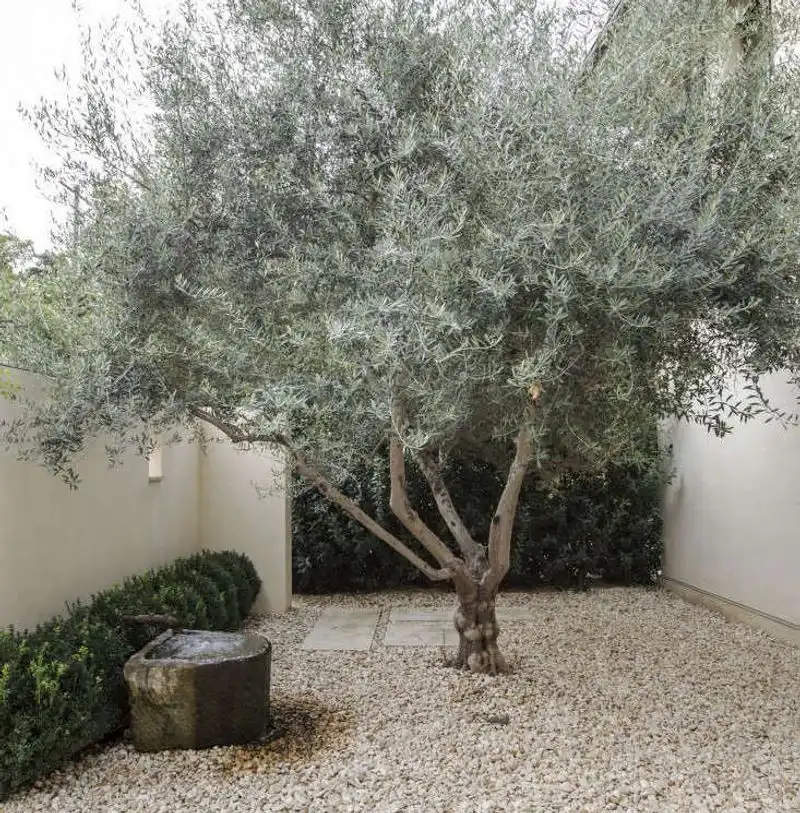
The olive tree, with its silver-green leaves shimmering under the Mediterranean sun, has been a symbol of peace and prosperity for centuries.
Its gnarled trunk tells tales of ancient civilizations, from the Greeks to the Romans, who revered it not only for its fruit but also for its oil.
Today, its legacy continues, gracing landscapes and providing a fruitful harvest. The olive’s timeless presence reminds us of nature’s enduring gifts and the rich history it embodies, connecting us to a world long past yet still cherished.
Lotus Flower
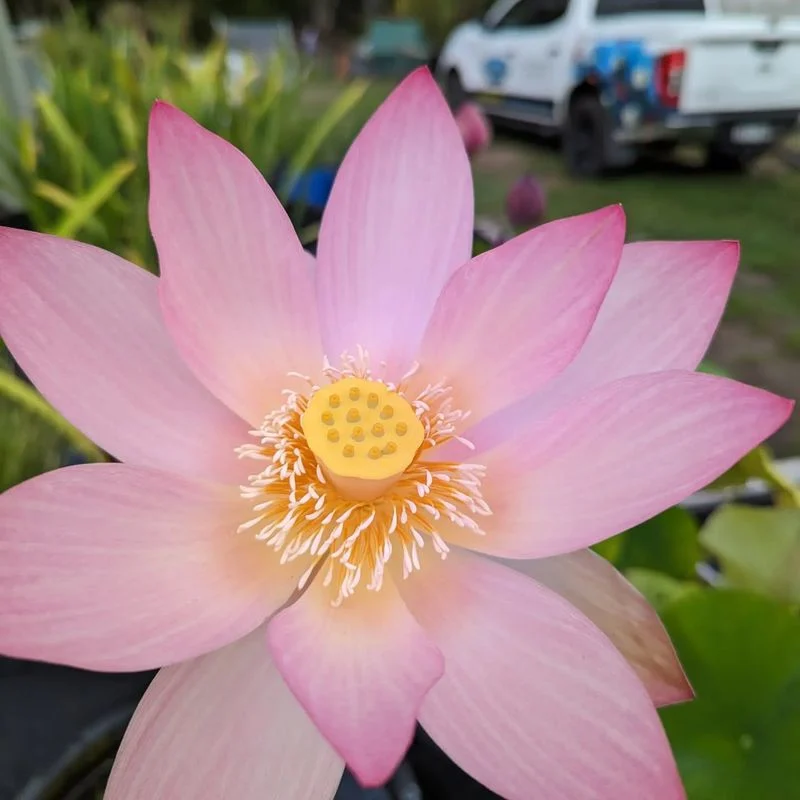
Floating gracefully on serene ponds, the lotus flower is an emblem of purity and enlightenment in many cultures.
From the murky waters, it rises, clean and beautiful, a testament to resilience and renewal. Ancient Egyptians and Buddhists alike found spiritual significance in its blooming petals.
Even today, the lotus enchants onlookers with its ethereal beauty and symbolic meanings, offering a splash of tranquility and a reminder of life’s profound transformations.
Ginkgo Biloba
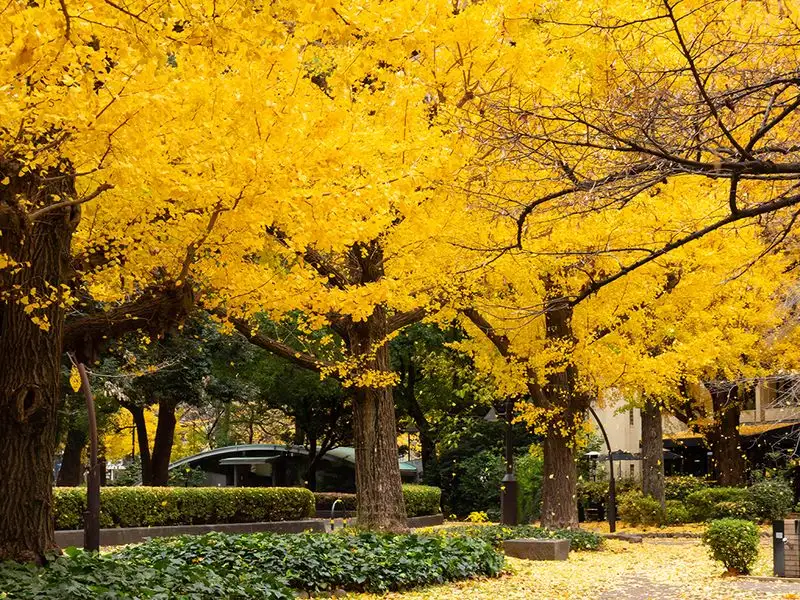
The ginkgo biloba, often called a living fossil, is a tree that has survived unchanged for millions of years.
Its fan-shaped leaves turn a brilliant gold in autumn, captivating viewers. Revered in ancient Chinese medicine, it’s celebrated for its healing properties.
Today, this resilient tree lines city streets and gardens, a symbol of endurance and longevity, bridging the ancient and modern worlds with its elegant presence.
Lavender

Lavender’s gentle purple blooms and soothing scent have been cherished since ancient times.
From Roman baths to Egyptian mummification, its uses were as varied as its admirers. The calming fragrance is just as beloved today, often used in aromatherapy and skincare.
Its vibrant fields create visual serenity, inviting bees and gardeners alike. Lavender’s timeless allure lies in its ability to comfort and heal, bridging centuries with its fragrant embrace.
Wheat
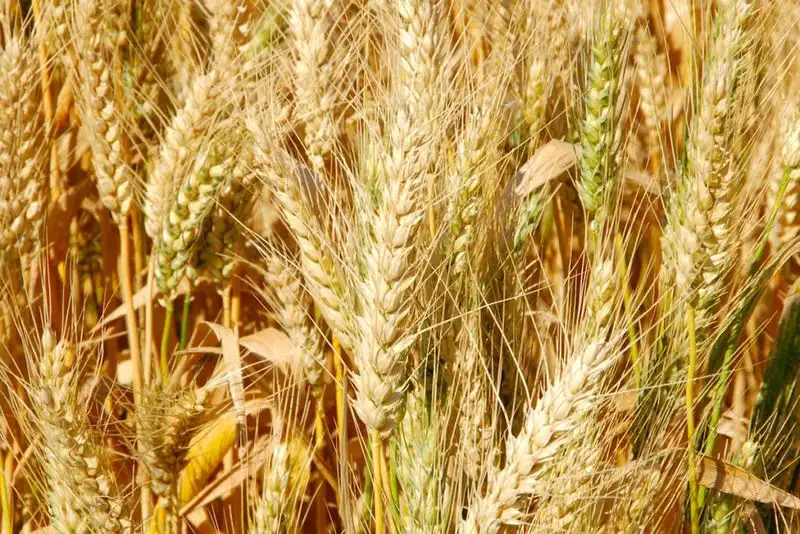
Wheat, the golden grain, has been a staple food for civilizations for thousands of years.
Its cultivation marked the dawn of agricultural society, feeding empires and shaping cultures. From ancient Egyptian bread to modern pasta, wheat’s journey is intertwined with human history.
Today, it continues to nourish and sustain, a testament to its vital role in our culinary heritage.
Sage
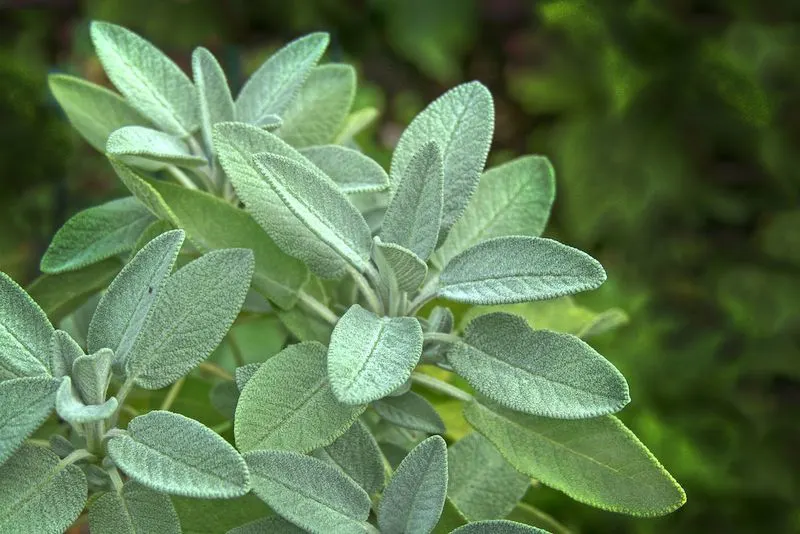
Sage, with its soft, velvety leaves, has been valued for its wisdom-inducing properties since ancient times.
Used in rituals and cooking, it was believed to enhance mental clarity and longevity. In ancient Rome, sage was considered sacred and was harvested with special ceremonies.
Today, its earthy aroma and healing qualities make it a staple in kitchens and herbal remedies, bridging ancient wisdom and modern utility.
Bamboo
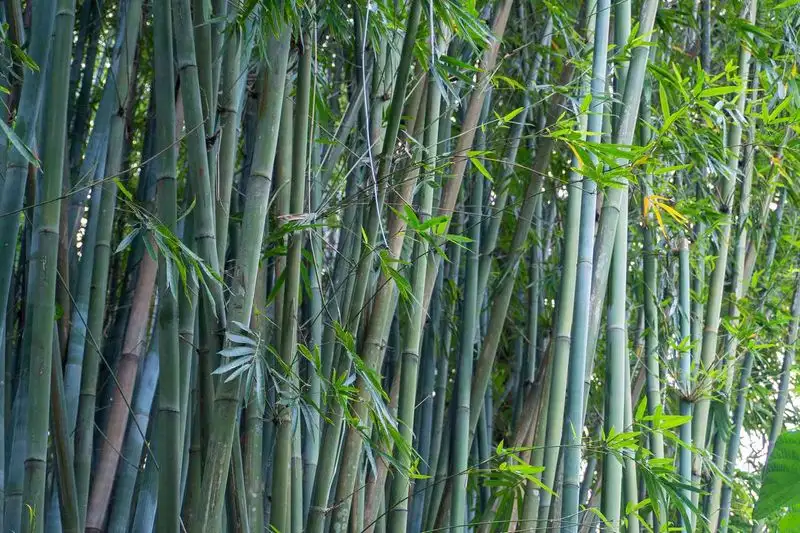
Bamboo, with its rapid growth and strength, has been a symbol of resilience and flexibility in Asian cultures for centuries.
Used for everything from building materials to paper, its versatility is unmatched. In ancient China, bamboo was a symbol of integrity and virtue.
Today, it continues to inspire, providing eco-friendly solutions and aesthetic beauty in landscapes, connecting past traditions with future innovations.
Rosemary

Rosemary, the herb of remembrance, has a rich history dating back to ancient Greece and Rome.
Used in rituals and festivities, it symbolized loyalty and love. With its distinctive aroma, rosemary has found its way into kitchens worldwide.
Its resilience and hardiness make it a favorite among gardeners, perpetuating its legacy of fragrant beauty and culinary delight.
Rice
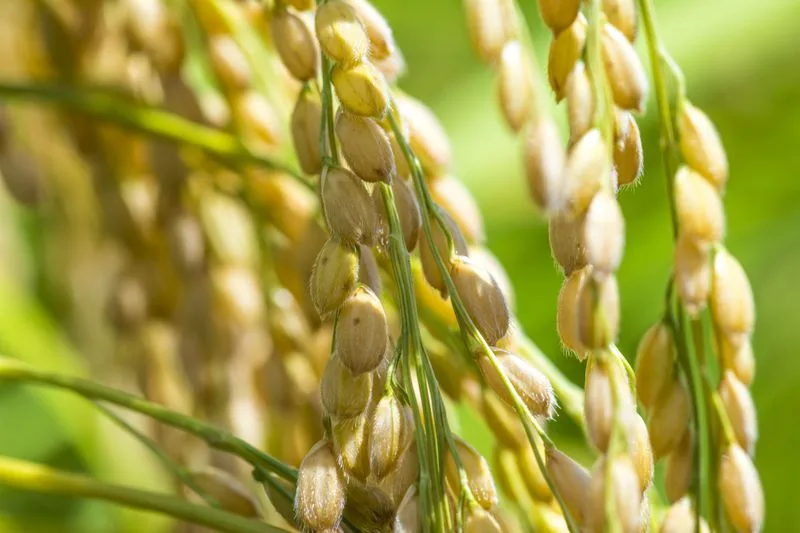
Rice, the lifeblood of countless cultures, has been cultivated for over 5,000 years.
In Asia, it is more than just food; it’s a cultural staple woven into traditions and rituals. From ancient Chinese dynasties to modern kitchens, rice sustains billions.
Its versatility and significance endure, continuing to nourish bodies and souls alike.
Aloe Vera

Aloe vera, with its succulent leaves, has been a symbol of healing since ancient times.
The Egyptians called it the “plant of immortality,” using it in embalming and medicine. Today, its soothing gel is a common remedy for burns and skin ailments.
Its resilience in harsh conditions underscores its enduring appeal, bridging ancient remedies and contemporary wellness.
Chrysanthemum
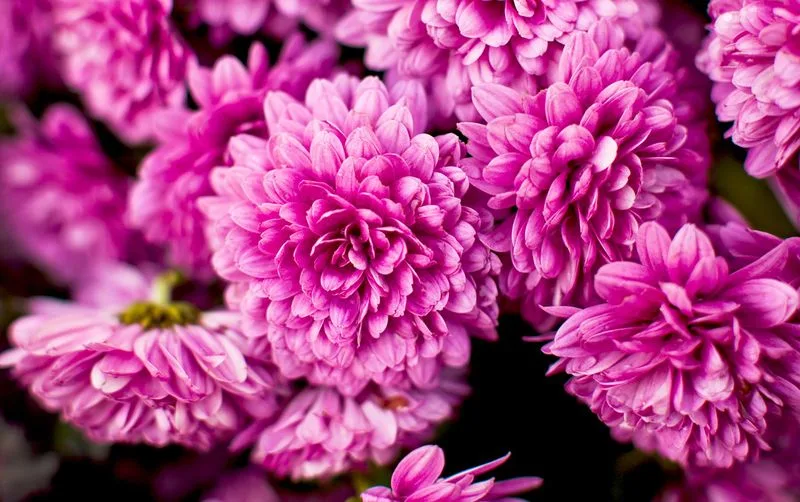
Chrysanthemums, with their vibrant blooms, have been celebrated since ancient China as symbols of joy and longevity.
They were revered for their beauty and used in traditional medicine. Their presence in art and poetry reflects their cultural importance.
Today, these cheerful flowers continue to adorn gardens and homes, embodying the spirit of celebration and the passage of time.
Cedar
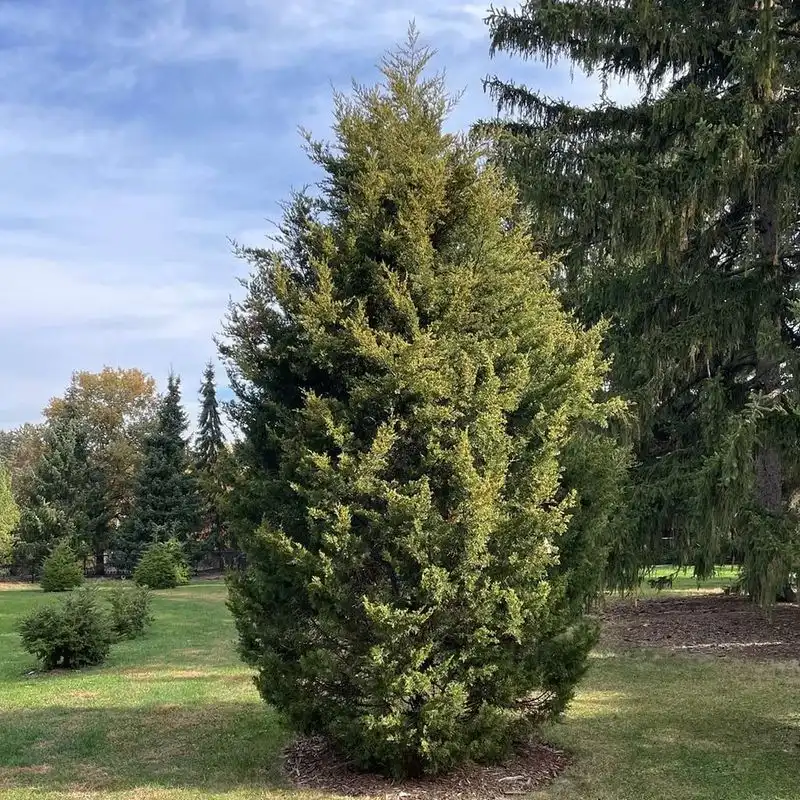
The cedar tree, known for its aromatic wood and towering presence, has been a symbol of strength and eternity.
Used in ancient temples and ships, its wood was prized for its durability and scent. In Lebanon, it’s a national emblem, representing pride and heritage.
Today, cedar continues to be cherished in landscaping and construction, its legacy rooted in history and tradition.
Pomegranate
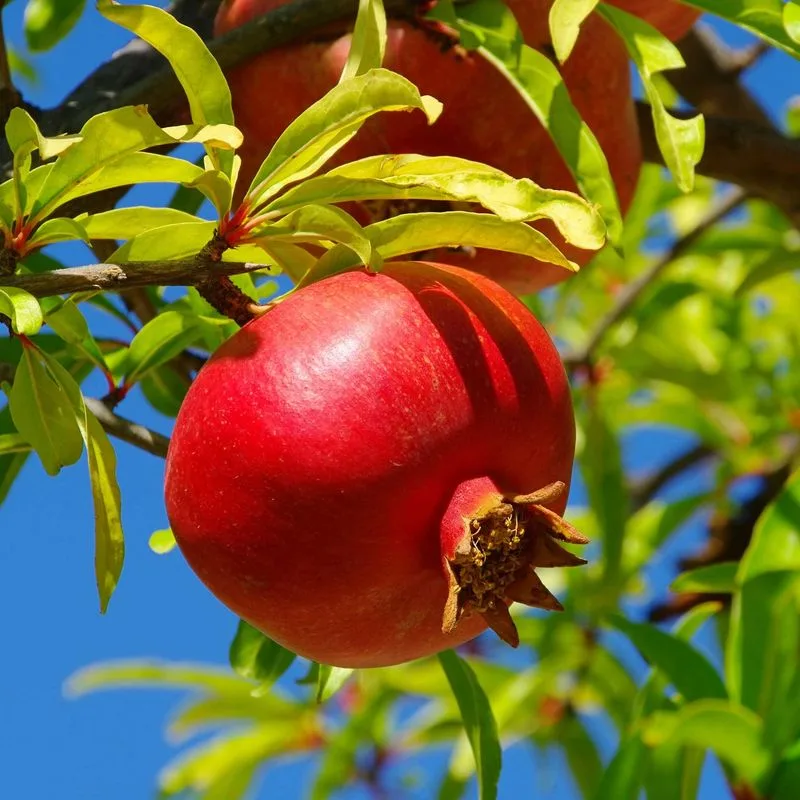
The pomegranate, with its jewel-like seeds, has been a symbol of fertility and abundance since antiquity.
In Greek mythology, it played a crucial role in the tale of Persephone. Rich in nutrients, it was used in medicine and cuisine.
Today, its vibrant fruit and cultural significance continue to captivate, offering a taste of ancient wisdom and modern health benefits.
Papyrus

Papyrus, the plant that gave us paper, has been integral to human communication for thousands of years.
In ancient Egypt, it was used to create scrolls and documents, enabling the recording of history and knowledge. Its fibrous stalks were woven into mats and baskets as well.
Today, its historical significance remains, offering a glimpse into the origins of written language and cultural memory.
Cypress
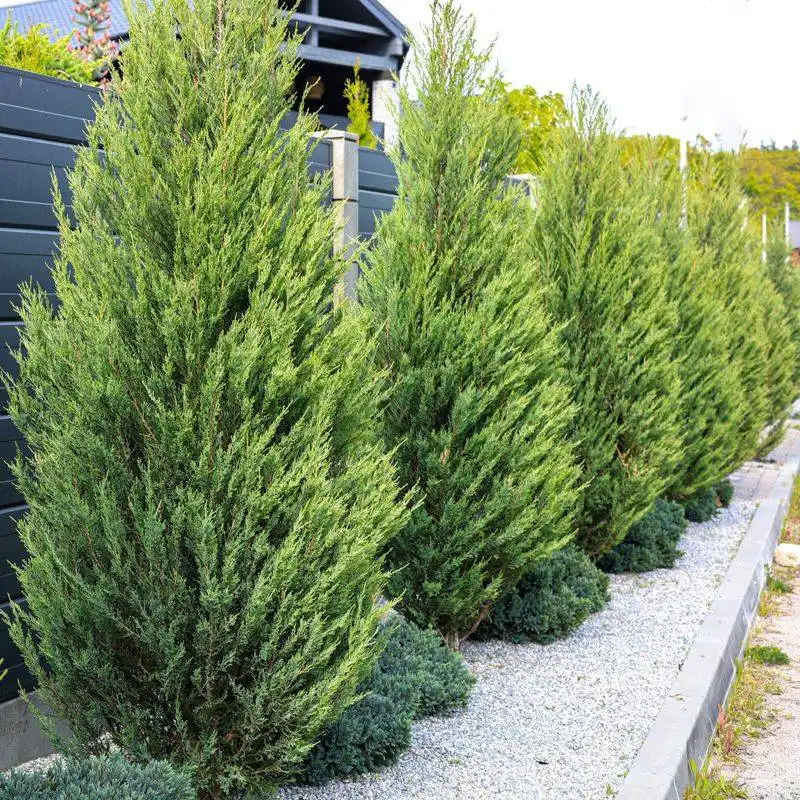
Cypress trees, with their tall and slender forms, have been associated with mourning and eternity since ancient civilizations.
Used in funerary rites and as symbols of immortality, they adorned graveyards and sacred sites. The ancient Greeks and Romans revered them for their spiritual significance.
Today, cypress trees continue to grace landscapes, offering both beauty and a connection to timeless traditions.
Hibiscus
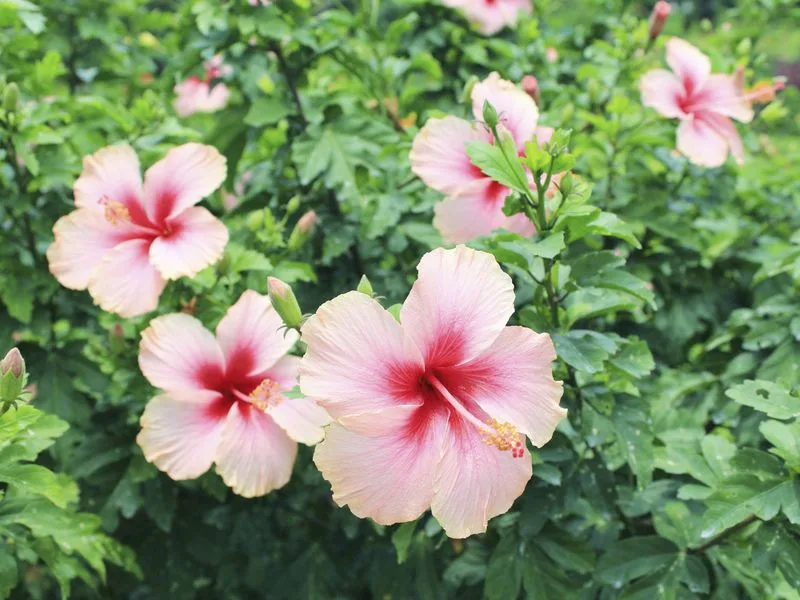
The hibiscus, with its bold and beautiful blooms, has been a symbol of delicate beauty and charm.
In ancient cultures, it was used in offerings and ceremonies. Its vibrant colors and large petals draw attention and admiration.
Today, hibiscus continues to captivate, used in teas and decorations, embodying a sense of tropical allure and natural elegance.
Amaranth
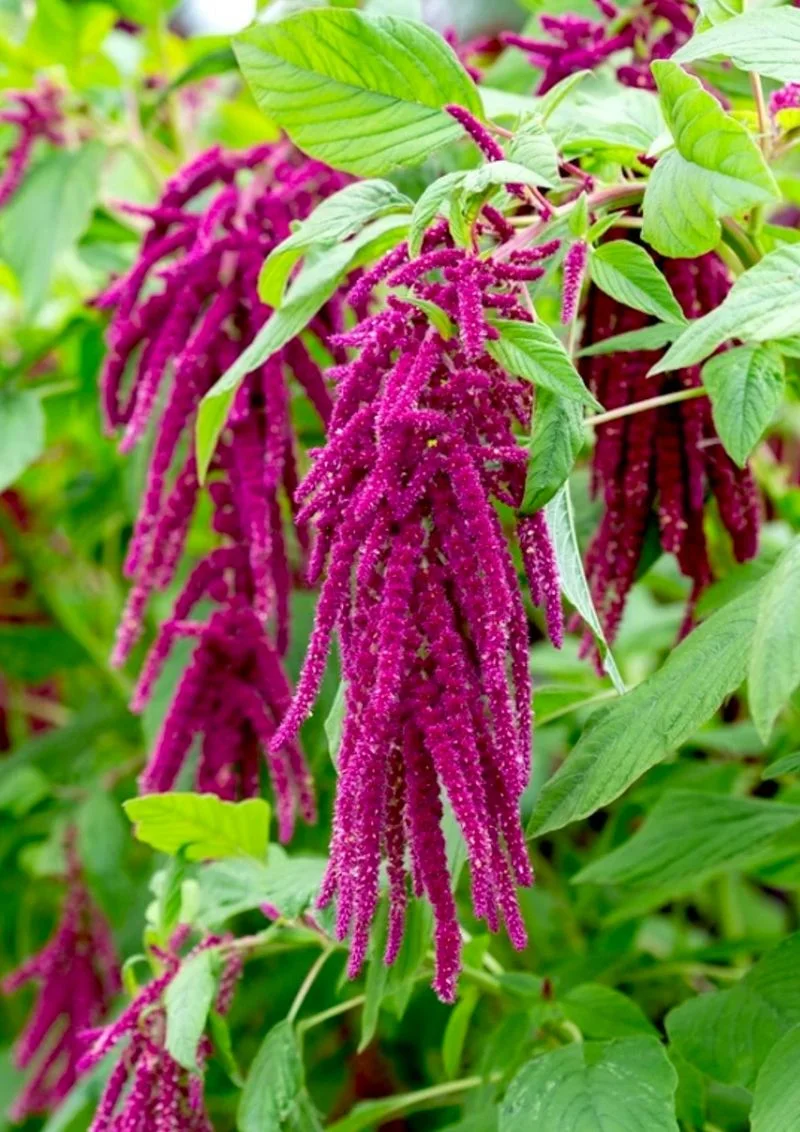
Amaranth, with its bright, crimson flower spikes, has been cultivated for thousands of years, cherished by ancient civilizations for both its beauty and nutritional value. Often associated with immortality, this plant symbolizes resilience and strength, thriving even in poor soil conditions.
In ancient Greek mythology, Amaranth was regarded as a symbol of everlasting life, often adorning the temples of the gods. Its seeds, highly nutritious, are still consumed today, offering a rich source of protein and essential minerals.
Whether gracing gardens or kitchens, Amaranth remains a timeless testament to nature’s bounty and adaptability.

